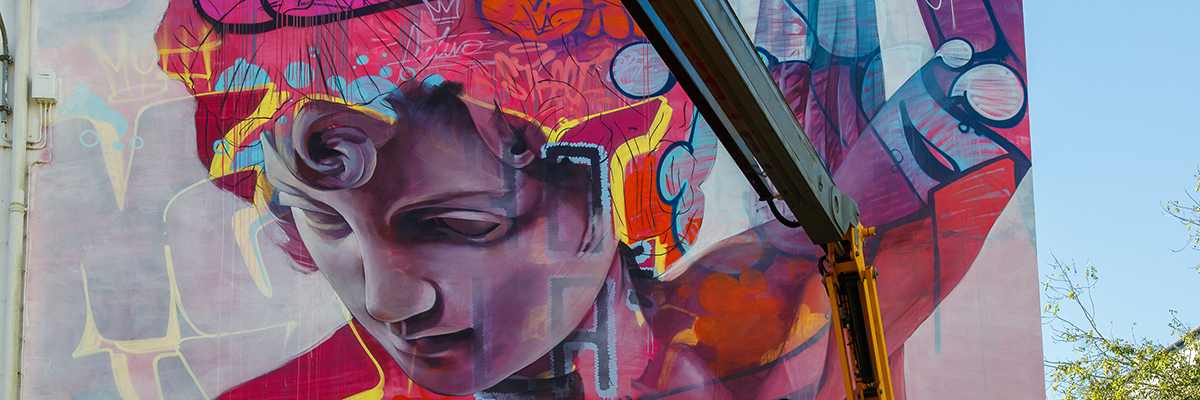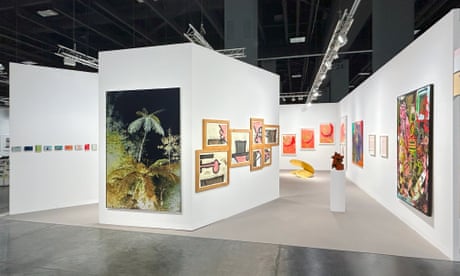Cebo & Dollar
2016 - Photography (Photography)
44 7/10 x 36 4/5 inches
José Castrellón
Palo Enceba’o is a project by José Castrellón composed of three photographs, two drawings on metal, and a video work that creates a visual and cultural analogy between the events of January 9th, 1964 in Panama City and the game of palo encebado carried out in certain parts of Panama to celebrate the (US-backed) independence from Colombia. In the game, young men climb a wood post smeared with animal wax to collect a Panamanian flag in return for a bounty. During what is now remembered as Martyrs’ Day, Panamanian students trespassed the fence that separated the American-governed strip of land along the Panama Canal and Panama City to fly a flag and symbolically claim sovereignty over the area that had been turned over to the United States by the Hay–Bunau-Varilla Treaty in 1903. Effectively, the treaty allowed for the construction of the canal and its use in perpetuity by the US in exchange for a sum of money and the backing of Panama’s independence from Colombia. Dubbed as a threat to the sovereignty of the Canal Zone, the American military shot and killed several of the students involved in the incident (declared martyrs) which escalated the already tense relationship between the countries and eventually aided in the negotiations of the Torrijos-Carter Treaties that returned the Canal Zone to Panama. The image of the students climbing up a light post is likened to the palo encebado game. Through the appropriation of a photograph by Stan Weymann published on the cover of TIME Magazine in January 1964 and two original images, the series Palo enceba’o speaks of the ambiguity of the notion of sovereignty.
José Castrellón works with photography, video, found material and language, moving between the conceptual and documentary realms. Through research, he takes history as a point of departure to inquire into and express anthropological and sociological concerns. He identifies with cultural changes and the impact they have on different places, the cultural modification of people and society, as well as the physical transformation of landscapes, brought about by commercialism, colonialism, geopolitical conflict, and interventions. Castrellón practice is concerned with diffusion, hybridization, and exposure to different cultural forms and their imposition, appropriation, or cannibalism, which emerge on the faces of people or the nature of spaces.
Colors:
Related works sharing similar palette

© » KADIST
Wimo Ambala Bayang
2011Composed of four images, the series Sleeping Elephant in the Axis of Yogyakarta (2011) explores the artist’s observation of how Javanese mythology and cosmology have marked the geography of Yogyakarta, the cultural centre of Indonesia...

© » WHITEHOT
Constance De Jong: On a Continuous Present at Chelsea Space advertise donate post your art opening recent articles cities contact about article index podcast main December 2023 "The Best Art In The World" "The Best Art In The World" December 2023 Constance De Jong: On a Continuous Present at Chelsea Space Installation view, Constance De Jong: On a Continuous Present at Chelsea Space...

© » KADIST
How have the social uprisings in Turkey during the last decade shaped the way we reimagine sites of everyday resistance? Can planting seeds constitute a political act? These questions mark the starting point of Pink as a Cabbage / Green as an Onion / Blue as an Orange , Asli Çavusoglu (Istanbul, 1982)’s first solo exhibition in France which stems from her residency at KADIST in the beginning of 2020...

© » KADIST
Yuyan Wang
2022One Thousand and One Attempts to Be an Ocean by Yuyan Wang reflects on the experience of not being able to see the world with depth perception...

© » ARTS EQUATOR
(Episode 2) What's in a Scene - Nothing by Cake | ArtsEquator Thinking and Talking about Arts and Culture in Southeast Asia Articles November 23, 2020 ‘We are all but moving shadows and all our busy rushing ends up in nothing’ In this episode, Natalie Hennedige and Siti Khalijah Zainal unpack a scene from Cake ‘s Nothing and talk about the process and the inspiration behind the creation of the play, from the characters to multimedia design and more...

© » KADIST
Elisheva Biernoff
2009In her recent work, Biernoff is interested in investigating fictions and fantasies embedded in the remnants of consumer culture (for example magazines) or through ephemera such as postcards and old photographs...

© » KADIST
Pierre Leguillon
2008End of 2008, Pierre Leguillon presented at KADIST, Paris the first retrospective of the works of Diane Arbus (1923-1971) organized in France since 1980, bringing together all the images commissioned to the New York photographer by the Anglo-American press in the 1960s...













